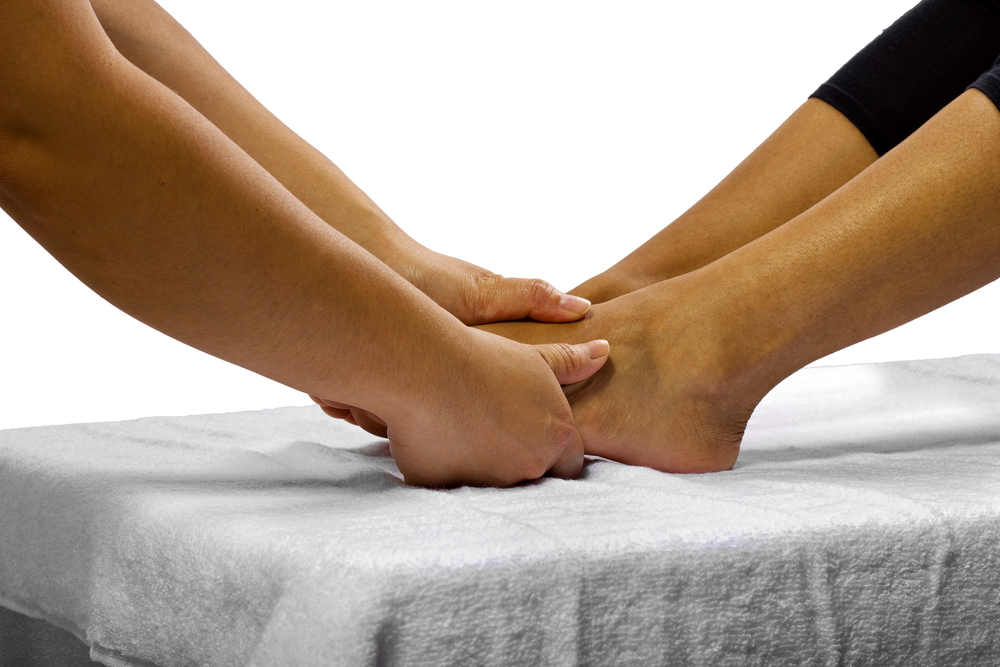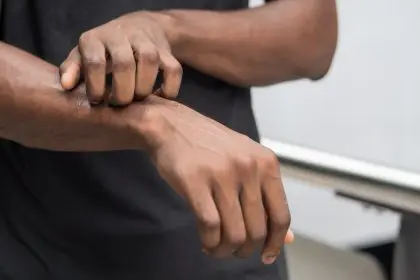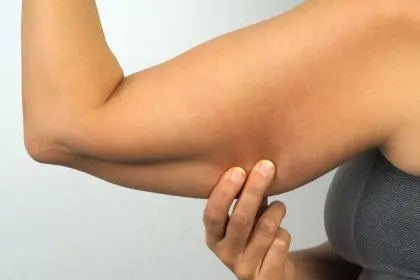Foot fungus, also known as athlete’s foot, is a common condition that affects many people worldwide. This fungal infection primarily targets the skin on the feet, but if left untreated, it can spread to other body parts. Understanding how foot fungus spreads over your skin is crucial for effective prevention and treatment. In this article, we will delve into the mechanisms of foot fungus transmission, its symptoms, and the best practices to keep your skin healthy and fungus-free.
What is foot fungus?
Foot fungus is a fungal infection caused by dermatophytes, a fungi that thrive in warm, moist environments. The most common type of foot fungus is athlete’s foot (tinea pedis), which typically affects the spaces between the toes, the soles of the feet, and sometimes the toenails. Symptoms include itching, burning, redness, and scaling of the skin. If the infection is not treated, it can spread to other body parts, including the hands, groin, and nails.
How foot fungus spreads
Foot fungus spreads through direct and indirect contact with infected surfaces and people. Here are some of the primary ways it can spread over your skin:
- Direct contact:
- Skin-to-skin contact: If you come into direct contact with someone who has foot fungus, you can easily contract the infection. This is especially common in communal settings like gyms, locker rooms, and swimming pools.
- Touching infected areas: Touching the infected area of your foot and then touching another part of your body can transfer the fungus, leading to spread.
- Indirect contact:
- Contaminated surfaces: Fungi can live on shower floors, towels, and shoes. Walking barefoot in public places or sharing personal items with an infected person increases the risk of spreading foot fungus.
- Moist environments: Fungi thrive in warm and damp places. Wearing sweaty shoes and socks for prolonged periods creates an ideal environment for fungi to grow and spread.
- Self-inoculation:
- From feet to other body parts: If you scratch or touch the infected area on your feet and then touch different parts of your body without washing your hands, you can spread the fungus to those areas.
Preventing the spread of foot fungus
Preventing the spread of foot fungus involves maintaining good hygiene and taking certain precautions to keep your skin dry and clean. Here are some tips to help you avoid the spread of foot fungus:
- Maintain good foot hygiene:
- Wash your feet daily with soap and water, and dry them thoroughly, especially between the toes.
- Keep your toenails trimmed and clean to prevent fungal growth.
- Wear appropriate footwear:
- Choose breathable shoes made of leather or mesh that allow air circulation.
- Avoid wearing tight-fitting shoes for long periods.
- Use moisture-wicking socks to keep your feet dry.
- Avoid walking barefoot in public places:
- Wear flip-flops or shower shoes in communal showers, locker rooms, and around swimming pools.
- Avoid sharing towels, socks, or shoes with others.
- Treat foot fungus promptly:
- Use over-the-counter antifungal creams, sprays, or powders at the first sign of foot fungus.
- Follow the treatment regimen as directed and continue for the recommended period, even if symptoms improve.
- Keep your environment clean:
- Disinfect shower floors, mats, and other surfaces regularly.
- Wash and change socks and shoes frequently to prevent reinfection.
Recognizing the symptoms of foot fungus
Early recognition of foot fungus symptoms can help prevent the infection from spreading. Here are some common symptoms to look out for:
- Itching and burning:
- Intense itching and burning sensation between the toes or on the soles of the feet.
- Redness and scaling:
- Red, scaly patches of skin that may peel or crack.
- Blisters and ulcers:
- Small, fluid-filled blisters or ulcers can be painful and prone to infection.
- Dryness and flaking:
- Dehydrated, flaky skin that may appear white or gray.
If you experience these symptoms, starting treatment immediately is essential to prevent the fungus from spreading to other parts of your body or different people.
Treatment options for foot fungus
Several treatment options are available for foot fungus, ranging from over-the-counter remedies to prescription medications. The choice of treatment depends on the severity of the infection and your overall health. Here are some common treatments for foot fungus:
- Over-the-counter antifungals:
- Creams, sprays, and powders containing active ingredients like clotrimazole, miconazole, or terbinafine can effectively treat mild to moderate cases of foot fungus.
- Prescription medications:
- Your doctor may prescribe oral antifungal medications or more vital topical treatments for severe or persistent infections.
- Home remedies:
- Some people find relief from foot fungus symptoms using home remedies like tea tree oil, garlic, or apple cider vinegar. However, these remedies should be used cautiously and are not a substitute for medical treatment.
- Preventative measures:
- After treating foot fungus, it’s important to continue practicing good foot hygiene and taking preventative measures to avoid reinfection.
Conclusion
Foot fungus is a common and contagious condition that can quickly spread over your skin if not properly managed. By understanding how foot fungus spreads and taking proactive steps to prevent and treat the infection, you can keep your feet healthy and free from fungal diseases. Remember to maintain good foot hygiene, wear appropriate footwear, and avoid walking barefoot in public places to minimize the risk of contracting and spreading foot fungus. If you experience symptoms of foot fungus, seek prompt treatment to prevent the infection from spreading and ensure a quick recovery.
This story was created using AI technology.
















